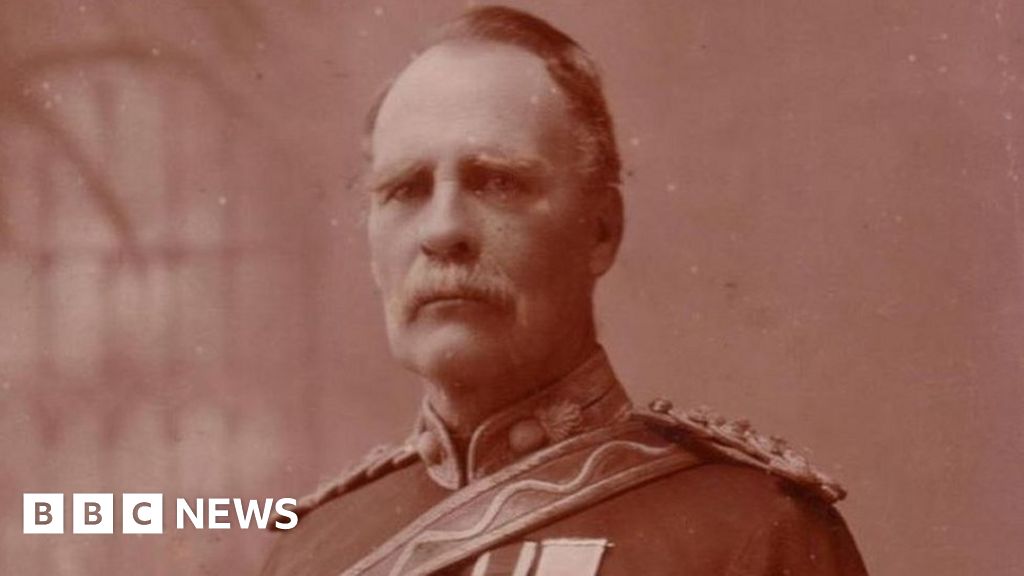Admiral Beez
Major
This article made me think of how Britain could have helped its Indian subjects in the Bengal famine of 1943.

 www.bbc.com
www.bbc.com
Apparently Australia and Canada were offering to send their wheat surpluses to help, but Britain refused.

 www.theguardian.com
www.theguardian.com

John Pennycuick: The British-era colonel revered in Tamil Nadu
Tamil Nadu state remembers John Pennycuick for the dam he built and is giving the UK a bust in his honour.
Apparently Australia and Canada were offering to send their wheat surpluses to help, but Britain refused.

Churchill's policies contributed to 1943 Bengal famine – study
Study is first time weather data has been used argue wartime policies exacerbated famine





